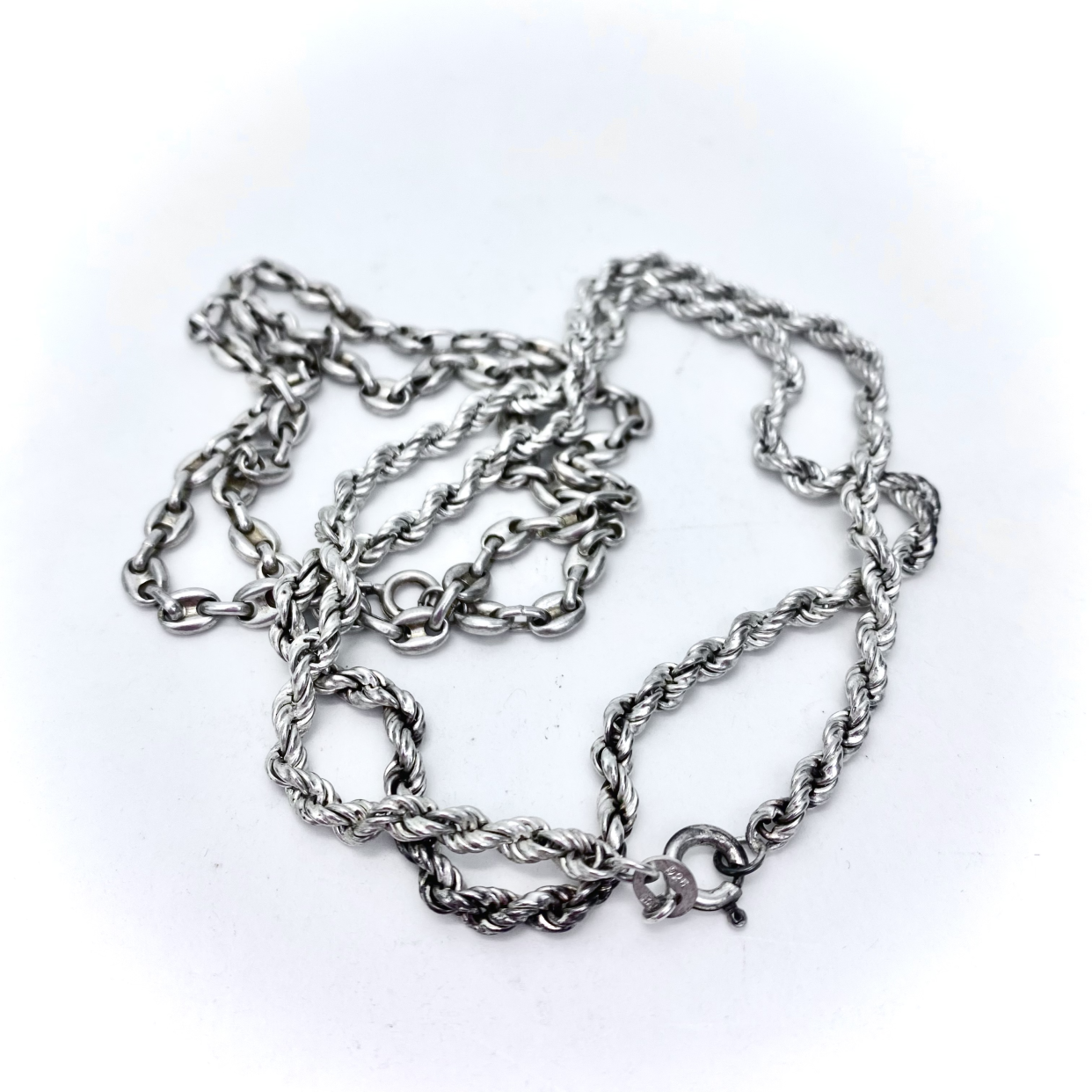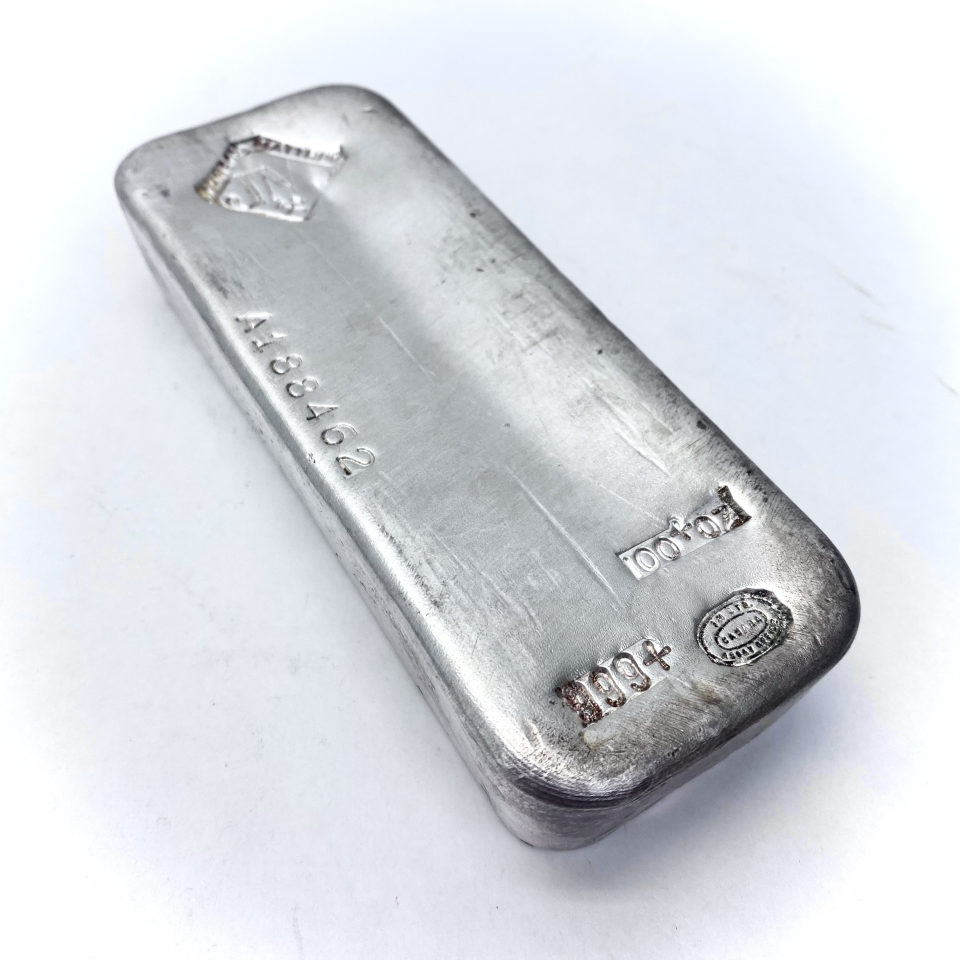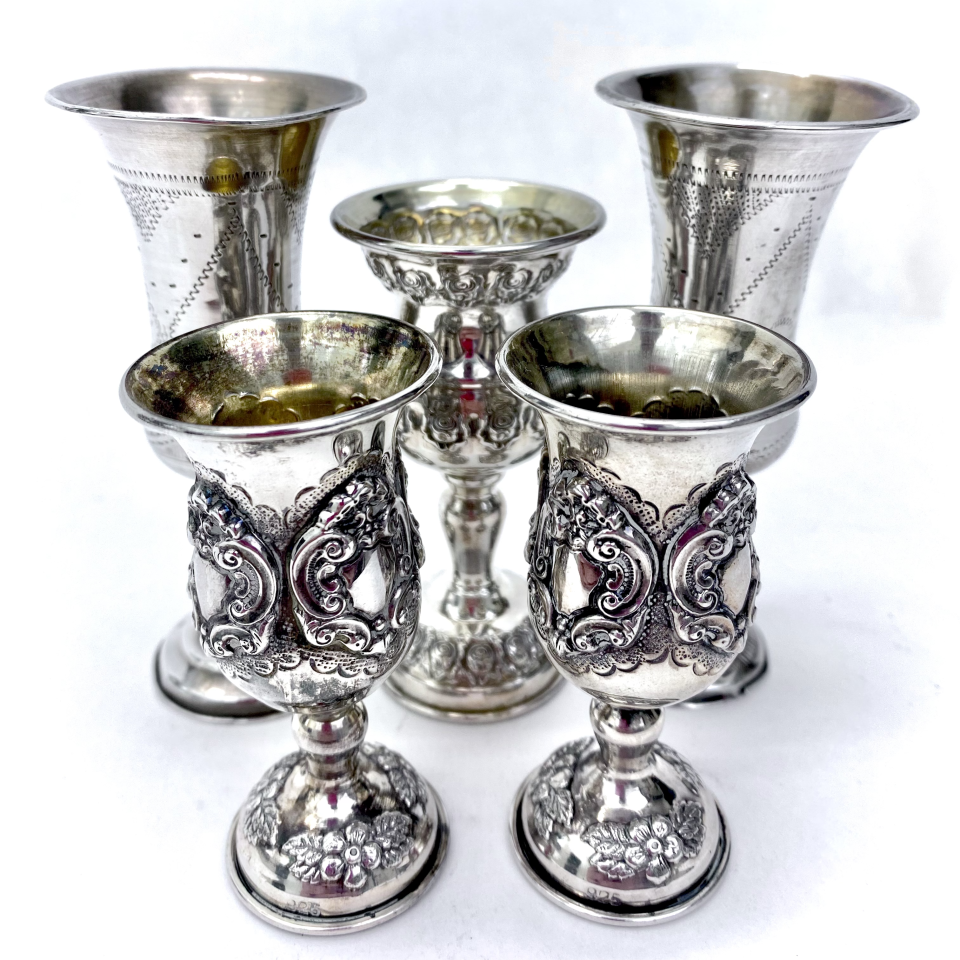Antiques: Is silver's sparkle starting to fade?

Silver is a metal on the minds of many these days. It was only a few months ago that silver was selling for more than $25 per ounce. In galleries like ours, anything silver was moving fast: candlesticks, coins, jewelry, goblets, flatware and tea sets were all in high demand.
Despite being only 90% silver, early 20th century American silver dollars were selling for gigantic premiums with foreign silver coinage not far behind. With interest rates near zero, the cost to hold silver was negligible compared to the potential upside. Today that mentality has changed. As I write this, silver is selling for just over $19 per ounce, and there are those predicting a further fall to $15 or even lower. What to do ...?
Well, I don't know, but here's a little history.
Silver is an elemental metal, jammed between copper and gold at number 47 on the periodic table. The reason it's there is because the chemical and physical properties of silver fall between those two other metals. As a so-called precious metal — a grouping that includes gold and a group of six platinum-related metals — its use in the fabrication of jewelry and decorative items goes back thousands of years.

However, it also has some characteristics that make it hugely valuable to industry, including the highest thermal and electrical conductivity of any other metal. Much of today's electronic circuitry makes critical use of silver, as do other manufacturing sectors. In short, it's not just another pretty face.
Due to its widespread and vital industrial applications, silver is bought and sold as a commodity on exchanges around the world. Trading takes place 24 hours a day, creating an active market in which the spot price — meaning the price of immediate or near immediate delivery — adjusts every few seconds. The spot price is for one ounce of .999 pure silver, and near instantaneous communication has made it universal. You and I can buy silver on a commodity exchange, but we should both know beforehand that one standard silver futures contract covers 5,000 ounces of silver. That's a lot of bracelets.

With that said, there is no particular world shortage of silver. There are silver mines throughout the Americas and elsewhere, and thousands of tons are mined each year. It was first mined in what is now Turkey about 5,000 years ago and later in Greece. However, discoveries of abundant silver in the New World did much to encourage exploration.
Today, more than 800 million ounces of silver are mined annually, adding to the world's supply to the tune of some $15 billion at today's prices. So, while there is plenty of silver to be had, industrial demand for silver was up more than 19% in 2021, reflecting post-COVID growth in a number of sectors. It seems supply and demand are moving in tandem, at least for now.
While I don't know where silver is going, I do know it's easy to buy and sell. Jewelers, pawn shops and galleries like ours have steady calls for silver even in a declining market. When we buy, our prices are tied to spot with some margin built in to keep the lights on.
Whether you're buying or selling, bear in mind that spot prices are for pure .999 silver. Insofar as sterling silver is 92.5% pure silver and silver coinage is usually 90% silver, don't expect ounce-for-ounce spot prices for those items. Top-shelf silver brands like Tiffany still command a premium over their silver content, but today those are few and far between. Whatever your thinking, silver is an asset class worth keeping in mind.
Mike Rivkin and his wife, Linda, are longtime residents of Rancho Mirage. For many years, he was an award-winning catalogue publisher and has authored seven books, along with countless articles. Now, he's the owner of Antique Galleries of Palm Springs. His antiques column appears Sundays in The Desert Sun. Want to send Mike a question about antiques? Drop him a line at info@silverfishpress.com.
This article originally appeared on Palm Springs Desert Sun: Antiques: Is silver's sparkle starting to fade?

